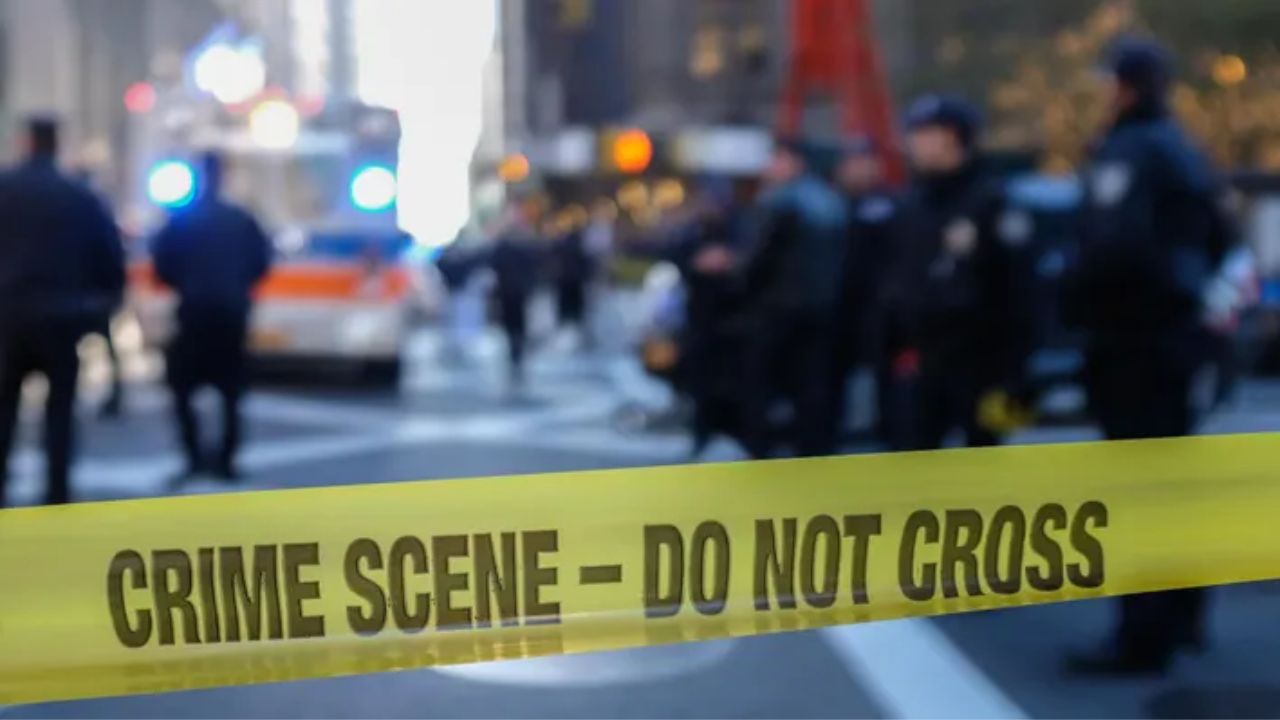The Federal Bureau of Investigation (FBI) recently released data on the most dangerous cities in Missouri, and the city of St. Louis has consistently ranked at the top of the list. This article will examine the FBI data and explore the crime situation in St. Louis, Missouri.
FBI Data on St. Louis, Missouri
According to the FBI’s Uniform Crime Reporting (UCR) program, St. Louis has consistently reported high crime rates compared to other cities in Missouri and the United States. In 2021, St. Louis reported a crime rate of 187.1 per 1,000 residents, which is significantly higher than the state average of 34.3 per 1,000 residents.
The city’s violent crime rate was particularly alarming, with a rate of 14.7 per 1,000 residents, compared to the state average of 5.0 per 1,000 residents. The high crime rate in St. Louis is due to several factors, including poverty, unemployment, and social inequality.
The city has a high poverty rate, with nearly 25% of its population living below the poverty line. Additionally, St. Louis has a high unemployment rate, particularly among young people, which contributes to social unrest and crime.
St. Louis’s Crime Reporting Issues
St. Louis has faced challenges in accurately reporting crime data to the FBI. In 2021, the city stopped submitting crime data to the state for eight months, resulting in the FBI publishing incorrect annual crime numbers for St. Louis in two of its national publications. The city’s transition to a new system for reporting crime, the National Incident-Based Reporting System (NIBRS), has also caused delays and errors in reporting crime data.
The FBI has acknowledged the errors and is working to develop additional algorithms to detect and correct errors in the data. However, the inaccuracies in the data make it difficult to get a clear picture of crime trends in St. Louis.
Impact of High Crime Rates in St. Louis
The high crime rates in St. Louis have significant consequences for the city’s residents and its economy. The crime rate negatively impacts the city’s reputation, making it less attractive to businesses and tourists. High crime rates also increase insurance premiums and reduce property values.
Additionally, the high crime rate has a significant impact on the city’s residents, particularly those living in high-crime areas. Residents in these areas are more likely to experience violent crime, property crime, and fear of crime, which can lead to stress, anxiety, and other health issues.
Efforts to Reduce Crime in St. Louis
The city of St. Louis has implemented several initiatives to reduce crime, including community policing, gun violence reduction programs, and youth mentoring programs. The St. Louis Metropolitan Police Department has also increased its presence in high-crime areas and implemented data-driven policing strategies to target crime hotspots.
However, more needs to be done to address the root causes of crime in St. Louis, including poverty, unemployment, and social inequality. The city needs to invest in education, job training, and economic development programs to create opportunities for its residents and reduce crime.
Conclusion
The FBI data reveals that St. Louis, Missouri, is one of the most dangerous cities in Missouri, with high crime rates compared to other cities in the state and the United States. The city’s transition to a new system for reporting crime has caused delays and errors in reporting crime data, making it difficult to get a clear picture of crime trends in St. Louis.
The high crime rates have significant consequences for the city’s residents and its economy, and more needs to be done to address the root causes of crime in St. Louis. The city needs to invest in education, job training, and economic development programs to create opportunities for its residents and reduce crime. By addressing the root causes of crime, St. Louis can reduce its crime rates and create a safer, more prosperous city for its residents.

